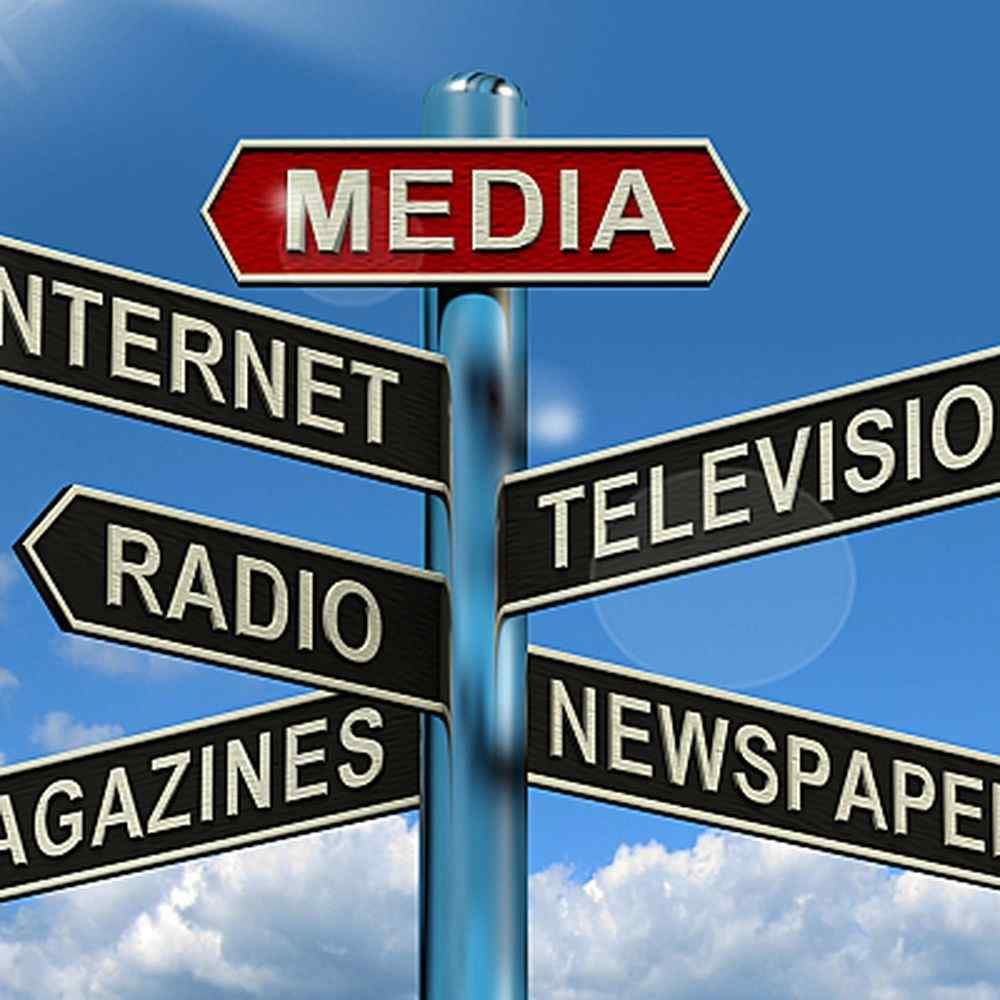With the constant increase in the number of TV channels, radio, print media, billboards and sponsored ads out in the world, you may feel like you need to take a scatter gun to your marketing message: If you target every direction, surely you'll hit some — if not most — of them, right?

This isn't the case, according to experts at Target Marketing. Launching a marketing campaign with a consistent logo, slogan and message delivered across different media will no longer cut it, and you could find that dreaded problem emerging — fragmentation.
What Is Integrated Marketing?
According to SEM Rush, integrated marketing "ensures your business delivers a consistent message across all channels."
What this means for today's business owner is that your identity must be consistent across platforms in ways that go beyond logo and slogan. You must be able to find consistency in your identity while tailoring your message to the medium in which it lives. In other words, you can't force what works in your TV campaign to work in your digital advertising, but you must deliver one unified voice.
Implement an Integrated Strategy
While you work to maintain consistency in your identity, you must also be aware that different channels have different strengths. These strengths should be exploited to effectively integrate marketing campaigns. In fact, it's best to think of integrated marketing not as a campaign but as a program that you're in for the long haul.
For example, your integrated marketing program may include traditional elements of TV, radio and print advertising complemented by digital media advertising tailored to the platform. This may include blog and social media sites that allow for customer interaction as well as email updates, podcasts and webinars. These, in turn, may be fed by sponsorship of local events that garner TV, print or radio coverage. An image of authority generated in the real world will translate to your digital presence — and vice versa.
Truly Integrate Your Marketing Approach
Today's digital environment means that your program must move beyond integrating your own message to directly include your customer in marketing, sales and service approaches. With the transparency of today's social media world, customers can easily read and leave reviews, so building awareness, loyalty and trust is more important than ever. This means that your customer relationship management (CRM) must become an integral part of your multichannel, multidepartment program.
To make sure your traditional and digital advertising is working for you, remember to remain consistent in image and message and be adaptable to your media. Above all, maintain a customer-centered approach that crosses all channels and provides a seamless, coordinated hand-off from one platform and one department to another.







